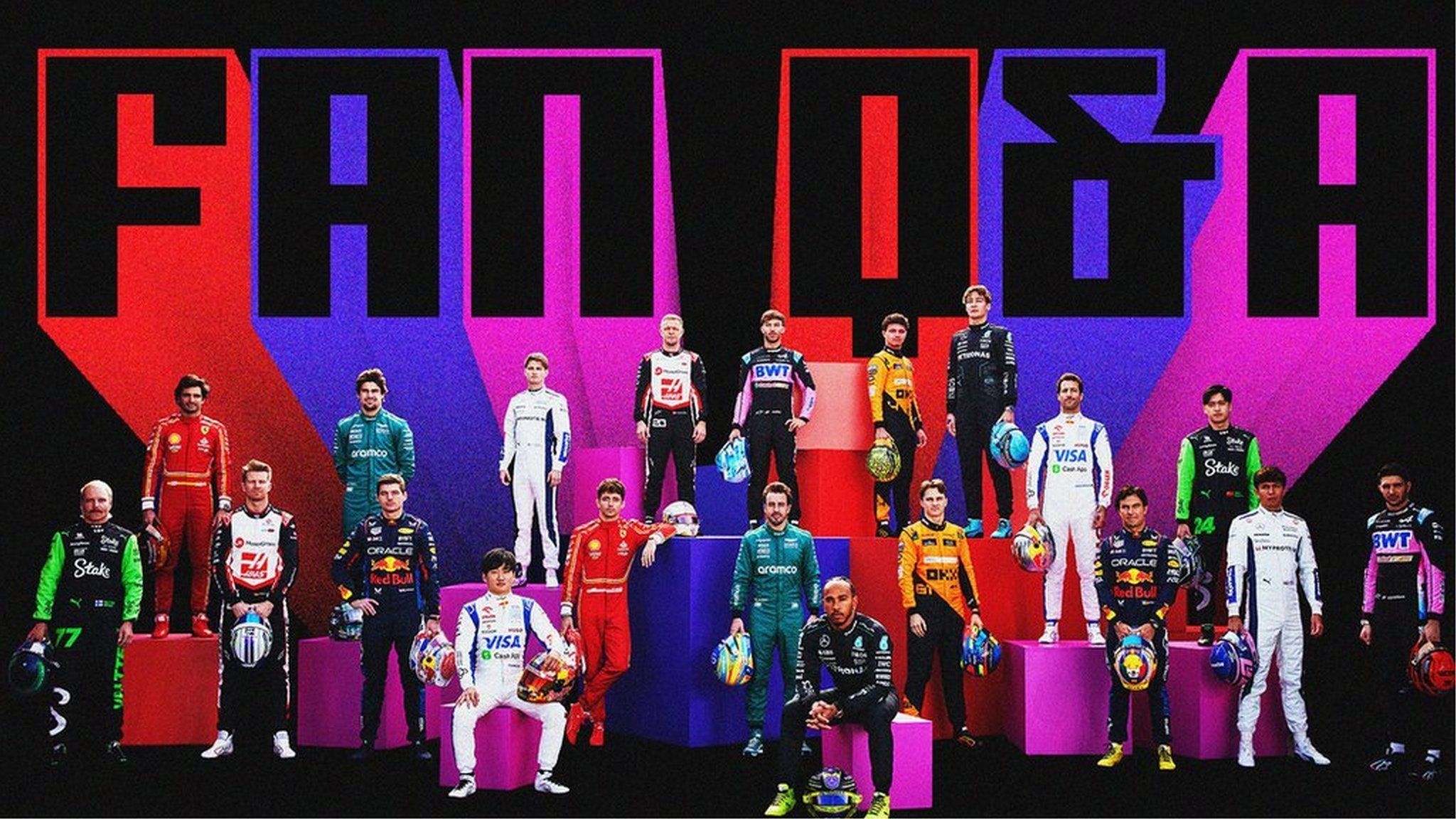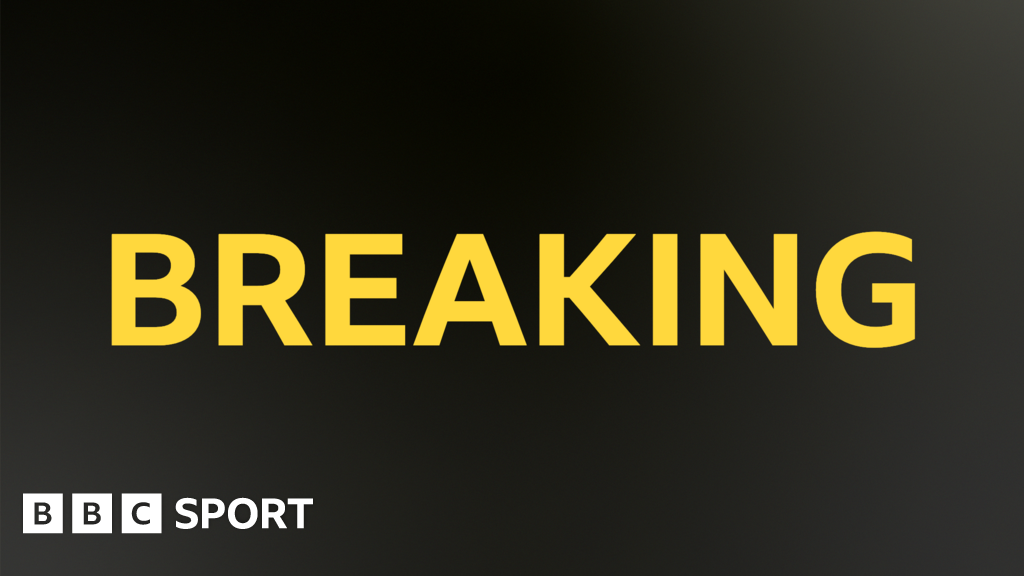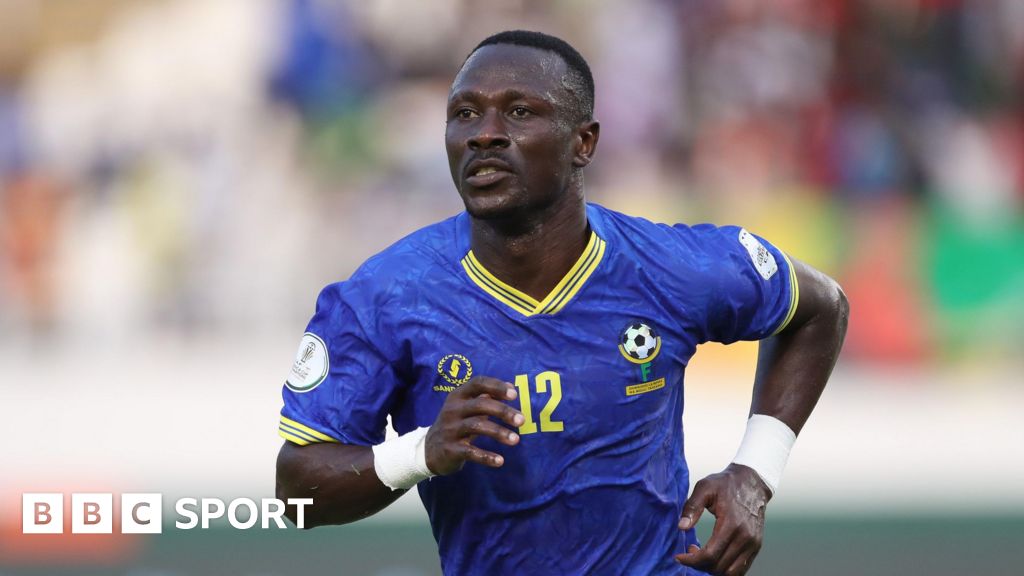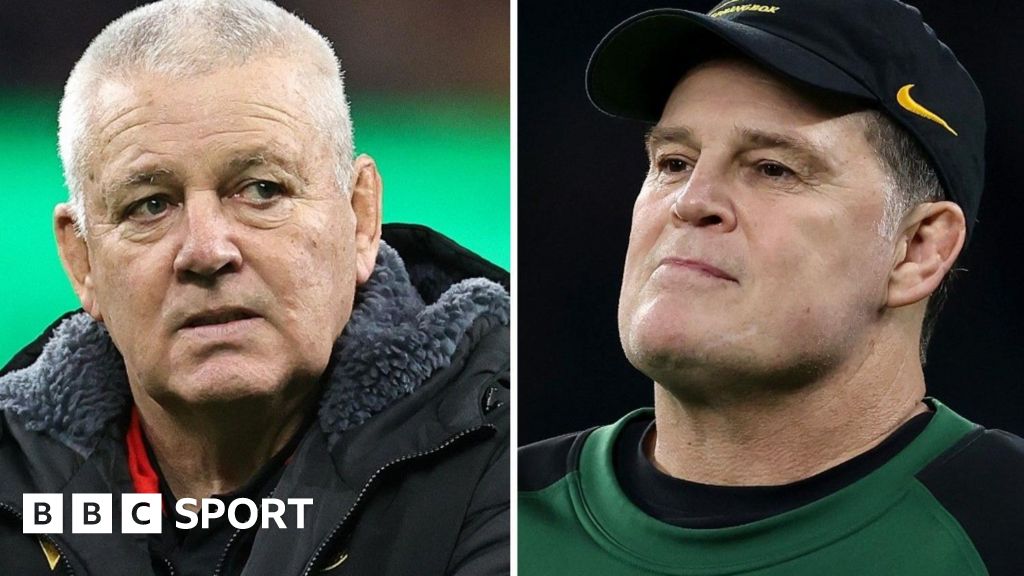ARTICLE AD BOX

Red Bull's Max Verstappen won for the sixth time this season in an eventful Canadian Grand Prix.
McLaren's Lando Norris led the race twice but had to settle for second, Mercedes showed improved form, while both Ferraris failed to finish.
BBC Sport F1 correspondent Andrew Benson answers your questions following the race at Circuit Gilles Villeneuve.
After his performance at Montreal, do you think Daniel Ricciardo will retain his seat at RB in 2025? – David
Ricciardo's performance for RB at the Canadian Grand Prix - qualifying a superb fifth and finishing in the points in eighth place despite a five-second penalty for jumping the start - was exactly what he needed after an unconvincing start to the season.
Ricciardo was the subject of some harsh criticism from Jacques Villeneuve, who was a pundit for Sky television over the weekend, with the 1997 world champion asking: "Why is he still in F1?"
Ricciardo did not take kindly to that. But, whatever one thinks of Villeneuve’s comments, the fact is that Ricciardo has not been performing as Red Bull expected since he returned to F1.
He replaced Nyck de Vries with the team who were then called Alpha Tauri midway through last season and was unlucky to break his hand in a crash at the Dutch Grand Prix, only his third race after returning, and miss five races.
But in the events he did feature in last year, he was more often than not slower than team-mate Yuki Tsunoda - apart from a starring performance in Mexico. And the trend has continued this year, with the odd exception such as the sprint qualifying session in China and now Canada.
Ricciardo is 7-2 down on Tsunoda in grand prix qualifying sessions this year and slightly slower on average. And the problem with that is that Red Bull don't rate the Japanese as a top-line driver.
This is why Ricciardo has gone from being considered a potential replacement for Sergio Perez in the main Red Bull team, to being at risk of losing his seat.
Reserve driver Liam Lawson is waiting in the wings. But Ricciardo is currently protected by team principal Christian Horner. It remains to be seen which way Red Bull go in choosing a partner for Tsunoda at what is now called RB in 2025.
Do you see Carlos Sainz returning to a top-flight team in the near future? – Mick
Carlos Sainz is being let go by Ferrari at the end of the season because they have signed Lewis Hamilton for 2025 to race alongside Charles Leclerc.
Sainz had hopes of landing another seat in a top team given there were theoretical vacancies at both Red Bull and Mercedes, but those have been dashed.
Red Bull have re-signed Sergio Perez for another two seasons - a decision not everyone in F1 really understands, given the Mexican's fluctuating performances - and Mercedes are very much on a path to promoting their Italian protege Andrea Kimi Antonelli.
That has left Sainz with a choice between Sauber, who will become Audi in 2026, and Williams for next season.
He is Audi's first choice - they want him to lead their team into their new era in F1. And on paper this looks the most attractive option - a major manufacturer with a big budget committed to success in the medium term.
The problem is that Sauber are F1's worst-performing team this year and most believe it is going to take Audi quite some time to turn them around. Williams might be a more appealing short-term option.
The top teams in F1 have made clear their views on drivers and Sainz is clearly not in their minds - if he was, he would not be in the situation he is. That being the case, it's hard to see him ending up in an elite car again in the near future. But in F1 you never know what will happen, so it cannot be ruled out.
When one car follows another, 'running in dirty air' is bad but 'getting a tow' is good. What's the difference and when does each apply? – Chris
They are effectively products of the same effect, but at different parts of the circuit.
'Running in dirty air' means that the car behind is close enough to the car in front for the airflow over it to be affected.
To perform at their optimum, F1 cars want nice, clean airflow. Running behind another car means the airflow that hits a car is not clean - therefore it's 'dirty'. So the aerodynamics do not work as well, which means a loss of downforce. A bit like turbulence in an aeroplane.
That means a drop in performance during cornering caused by a loss of aerodynamic load, which in turn means the tyres need to work harder, so they slide, overheat and also lose grip.
But that's during cornering.
A 'tow' is something that happens down a straight. The car in front punches a hole in the air, which means there is less air resistance for the car behind, so it is effectively sucked along and gains top speed, making overtaking easier.
The irony with the 2022 rules was that while they made following a little easier than before, by ensuring the airflow behind a car was less disturbed, so cars could run closer together, they reduced the tow effect, so overtaking has not become noticeably easier.
Do you think Red Bull re-signing Sergio Perez is to appease Max Verstappen to keep the harmony? – Ed
Verstappen was asked this exact question by BBC 5 Live pit-lane reporter Rosanna Tennant in Canada, and he said: "I don't think it has anything to do with that. People always make up stories but things are not linked to each other.
"I am happy where I am at the moment. I have a contract till '28 and the dream and the target is still to end it after '28, to really run out the whole contract. And then after that I don't even know if I want to continue in the first place.
"I don't think about it too much. I am just very happy Checo has signed. It is better for him knowing what you're doing in the coming years. We have always worked really well together. We have good stability in the team and it has always been nice and calm like that and that is also very important within a team."
Verstappen's answer somewhat glosses over the tensions that arose between the two drivers in 2022, when the Dutchman believed Perez had crashed deliberately in Monaco qualifying to secure his grid position ahead of Verstappen.
And it does not address his own reality. Insiders have made it clear to BBC Sport that there is a possibility Verstappen will leave Red Bull for 2026.
The decision to keep Perez was made by team principal Christian Horner. And it was made in the interests of stability - there were tensions in the team when Verstappen and Carlos Sainz were paired at Toro Rosso in 2015-16 and Horner had no desire to risk that happening again.
With no Red Bull junior driver making a convincing case to be promoted alongside Verstappen, Horner preferred the status quo.
As a new fan, I am wondering why do the full wet tyres never get used and only the intermediates? – Harrison
The first-order answer to this is that the extreme wet tyre is not very good. The drivers call it 'the safety car tyre', because it really only is useful for driving behind the safety car when it's too wet to race.
It displaces more water than an intermediate but has less grip unless there is a lot of standing water on the track.
So drivers will always want to be on the intermediate, because it's the faster tyre.
The intermediate has the added advantage that it can be run for much longer as conditions dry up, while the extreme wet starts to overheat very quickly once there are no longer large amounts of water on track.
You could see all this in the opening laps of the Canadian Grand Prix. Nearly everyone chose inters for the start, even though the track was still very wet and had a lot of standing water.
But the Haas drivers went for full wets, and for a brief period at the beginning, when the track was still very wet, they were the fastest cars on track.
But after about five laps, with the track slowly drying, they were not, and then they had to pit very soon after.
With DRS being dropped from the 2026 season and the introduction of movable front and rear wings, will this make racing more exciting? – Anil
No-one knows. The new rules have come about as a result of a situation F1 created for itself.
The new engines were decided upon first. They have been a success in attracting new manufacturers - Audi and Ford are coming in, and Honda are staying as a result of them.
But the engines created a problem. They have close to 50% of their power coming from the hybrid system, much more than now. But how to recover all the necessary energy having taken off the MGU-H (motor generator unit - heat) and only allowing recovery from the rear axle, to avoid the risk of stability control coming in by stealth?
The answer was to make the cars faster on the straights, to make the braking distances longer, to give more time to recover the necessary energy. Hence the active aerodynamics.
And once the active wings are needed for that, they can't be used for DRS. So another way of giving a car behind an advantage needed to be found. Hence the push-to-pass idea.
But it's fair to say the teams have significant concerns about the new regulations in the way they are currently written - the cars will be too fast on the straights and too slow in the corners, they say.
Their concerns were mollified a little when FIA single-seater director Nikolas Tombazis indicated in Canada that he was open to making whatever changes were necessary. But a lot of work needs to be done before everyone has confidence the 2026 rules are in a good place.

 5 months ago
16
5 months ago
16








 English (US)
English (US)